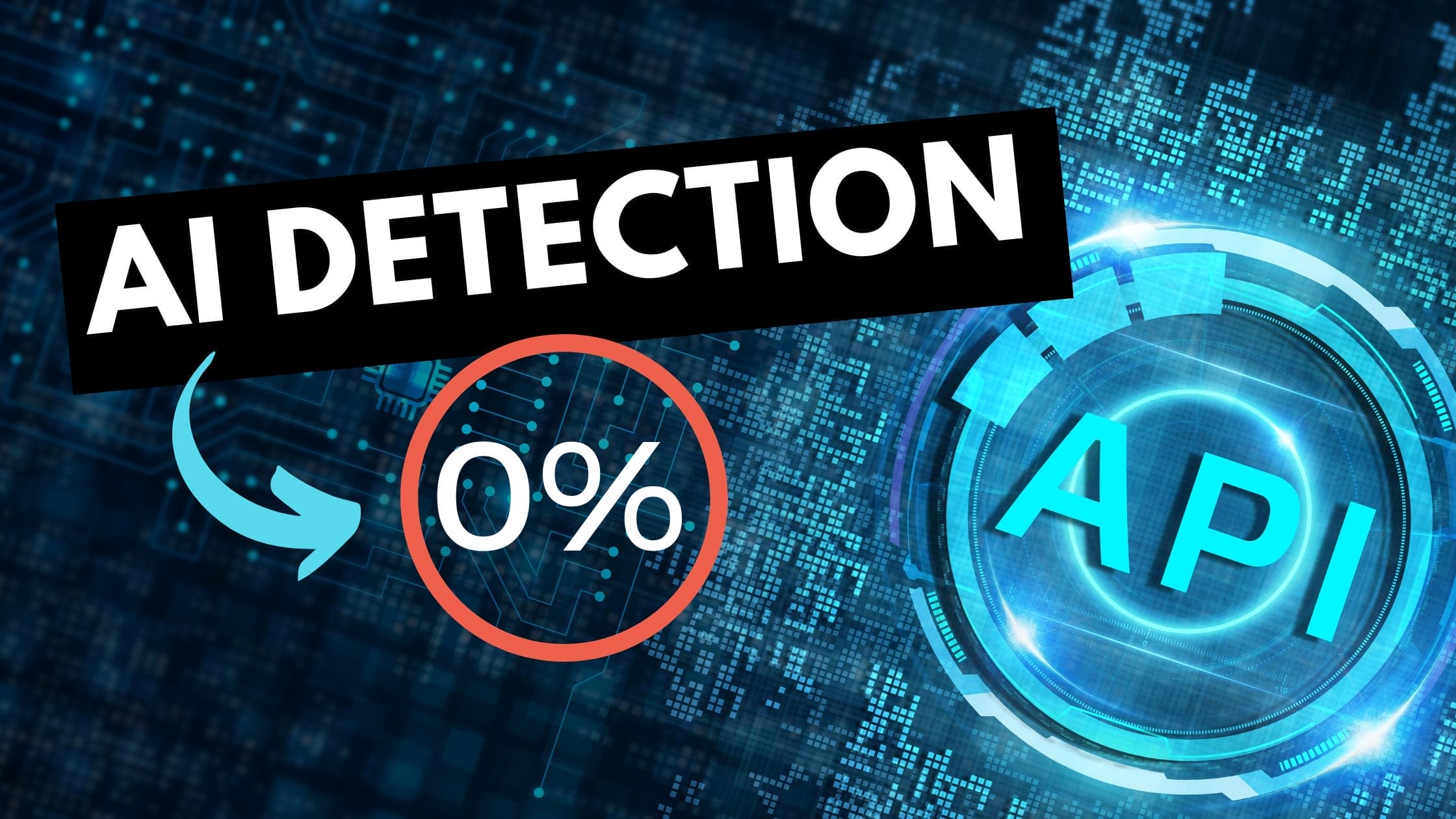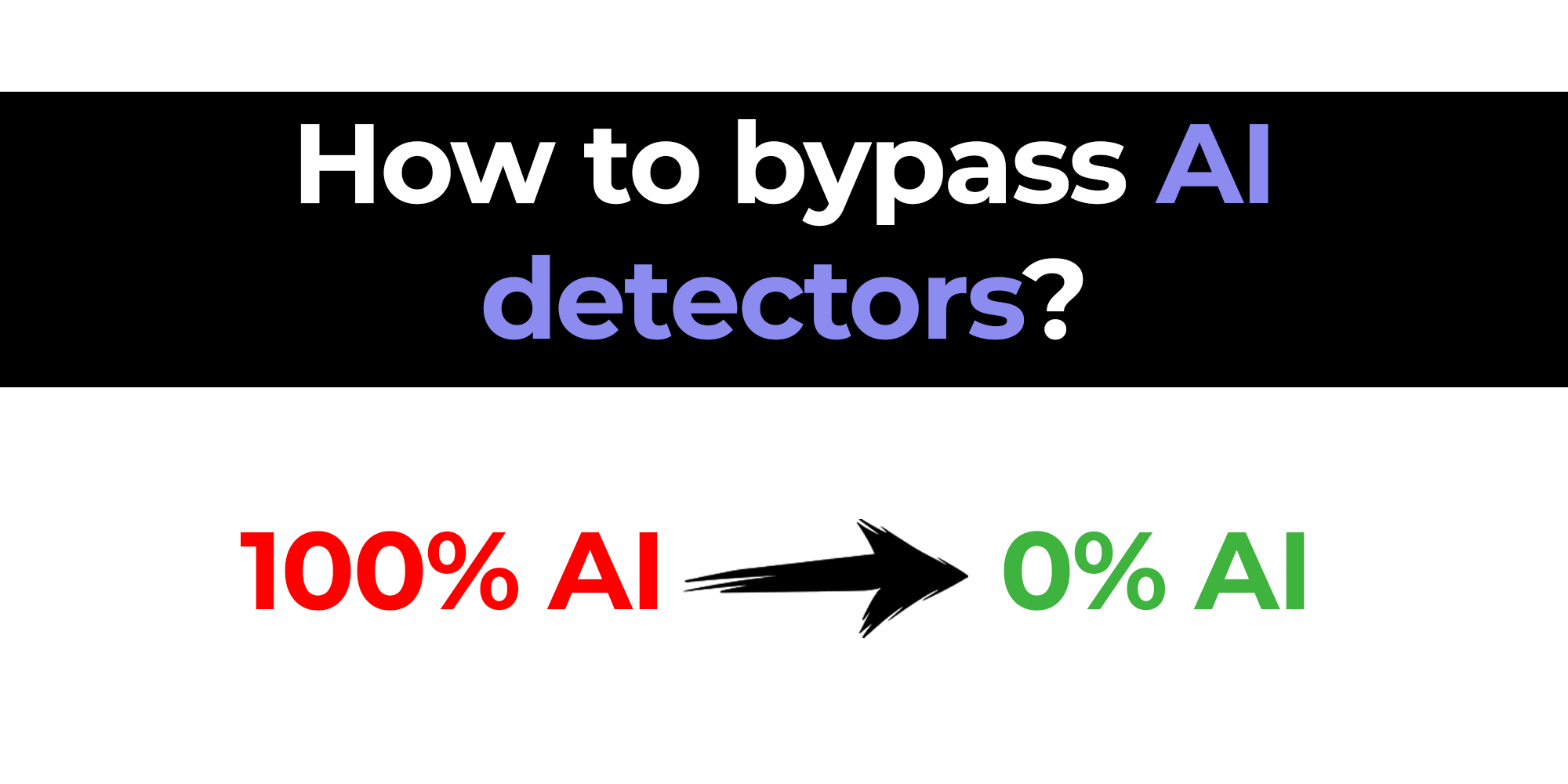AI Detector: Tools and Techniques for Identifying Artificial Intelligence Work
AI Detector: Tools and Techniques for Identifying Artificial Intelligence Work
Blog Article
Comprehending the Value of an Ai Detector in Today's Digital Landscape
As artificial intelligence continues to penetrate numerous facets of material creation, differentiating between machine-generated and human-generated product has ended up being increasingly intricate. These tools not just help in identifying AI-produced material however also maintain the stability of info circulation.
The Increase of AI Content

The surge of AI-generated web content has significant effects for various industries, including journalism, enjoyment, and advertising - ai detector. Organizations are progressively utilizing these innovations to enhance productivity, personalize content, and engage target markets better. The capacity to evaluate huge datasets permits AI systems to tailor material to satisfy particular user preferences, providing a more individualized experience
Nonetheless, the proliferation of AI material additionally increases important factors to consider for material developers and consumers alike. As AI comes to be much more incorporated right into web content manufacturing operations, understanding the subtleties of AI-generated product is important for preserving quality and importance in a swiftly advancing electronic environment. Embracing this technological development while continuing to be attentive regarding its ramifications is important for stakeholders in the digital media landscape.
Difficulties of Authenticity
The emergence of AI-generated content has actually introduced significant challenges regarding credibility in electronic media. As algorithms become much more innovative, comparing human-created and machine-generated material comes to be significantly difficult. This blurring of lines raises worries concerning the reputation of information and the capacity for false information to multiply.
Among the main obstacles is the disintegration of trust fund among consumers. With AI with the ability of generating sensible message, pictures, and video clips, people might discover it challenging to discern real sources from deceptive ones. This hesitation can bring about a wider skepticism of all digital material, making complex efforts to identify respectable information.
Furthermore, the effects for intellectual property are considerable. As AI tools generate material based upon existing jobs, concerns concerning possession and creativity arise. Content developers might have a hard time to safeguard their job from anonymous AI recreations, weakening their legal rights and incomes.
Finally, the possibility for destructive uses AI-generated material, such as deepfakes and automated propaganda, presents significant honest and societal threats. These challenges emphasize the urgent demand for structures that maintain authenticity in the electronic landscape, guaranteeing that information stays reliable and trustworthy.
Function of AI Detectors
Resolving the obstacles of credibility in digital media calls for ingenious options, and AI detectors have actually become a vital tool in this effort. These innovations are developed to evaluate and determine content generated by artificial knowledge, consequently promoting the discernment between machine-generated and human-created materials. The function of AI detectors extends beyond mere identification; they also add to preserving the honesty of info taken in by the public.
AI detectors utilize innovative algorithms to scrutinize various her latest blog elements of digital content, consisting of linguistic patterns, structural anomalies, and details markers that indicate automation. Their application covers numerous markets, consisting of journalism, education, and social media sites, where the presence of AI-generated material can cause false information and erosion of trust.

Benefits of Utilizing AI Detectors
Guaranteeing authenticity in digital material personifies the basic requirement for rely on info sources, and AI detectors offer as a powerful ally in this quest. By identifying AI-generated web content, these devices aid maintain the honesty of information, therefore protecting users from false information and boosting total material high quality.
One of the key benefits of using AI detectors is their ability to improve material confirmation procedures, substantially reducing the time and effort required to analyze the credibility of electronic products. This efficiency allows material designers, teachers, and businesses to concentrate on generating reliable and high-quality information, instead of spending too much resources on fact-checking.
Additionally, AI detectors foster accountability among material developers. The understanding that AI-generated web content can be recognized urges transparency and honest methods in content manufacturing. This, in turn, contributes to an extra educated digital neighborhood, as users can with confidence engage with verified information.
Future of Content Verification
As the landscape of digital web content continues to evolve, the future of content confirmation offers both tests and opportunities for keeping credibility. As AI technologies advance, so too do the methods for sharing and developing misinformation (ai detector). This arms race between content designers and verification tools requires the development of much more advanced AI detectors capable of critical authentic web content from adjusted or fabricated material

In addition, the surge of decentralized innovations, such as blockchain, holds pledge for verifying material provenance, ensuring that individuals can trace the beginnings of the information they consume. Ultimately, the future of material verification will rest on our ability to introduce despite progressing dangers, promoting a digital environment where authenticity is identified and promoted as a basic concept.
Conclusion
In conclusion, the spreading of AI-generated content demands durable devices for authenticity confirmation. AI detectors serve a pivotal duty in critical machine-produced products, consequently improving trust fund and responsibility within the electronic ecological community. As misinformation remains to progress, the implementation of dependable detection devices will be crucial for safeguarding the stability of details and cultivating a more educated area. The future of material confirmation depends upon the performance of AI detectors see here now in maintaining trustworthiness across different media systems.
AI material creation tools, such as all-natural language processing designs and generative adversarial networks, allow companies and individuals to generate premium content at extraordinary speeds and lower costs.
However, the proliferation of AI content also elevates essential factors to consider for material makers and customers alike. As the elegance of AI-generated material proceeds to develop, the role of AI detectors ends up being significantly important in protecting credibility and promoting openness in electronic interaction. The knowledge that AI-generated material can be determined motivates openness and ethical methods in web content manufacturing.As the landscape of electronic content proceeds to develop, check my reference the future of content verification tests both presents and possibilities for keeping credibility.
Report this page